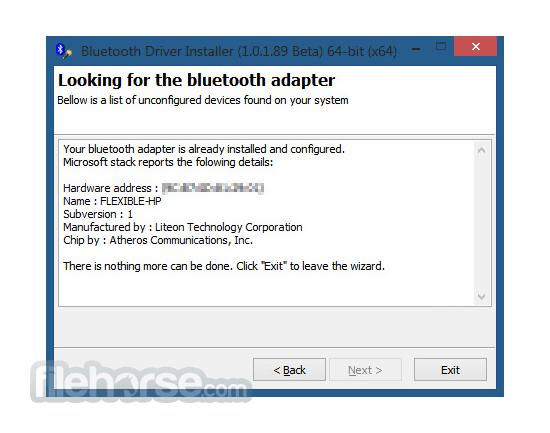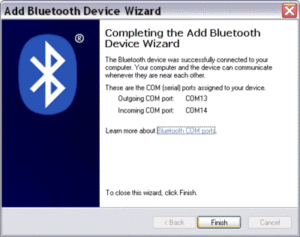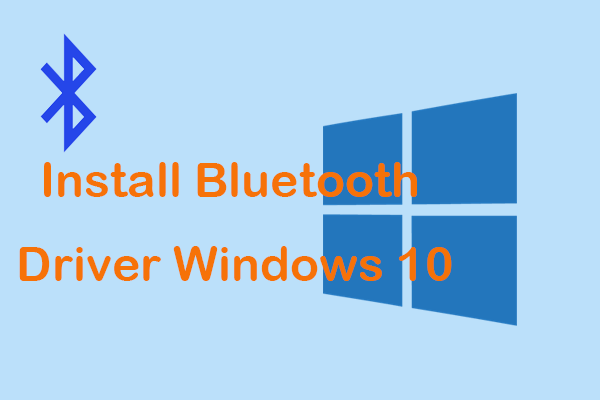

The smallish touch pad has a lighted strip above it that indicates the pad is active. There is a row of touch-sensitive control buttons right above the keyboard, including volume controls and a button to turn the 3D view off and on. It's usable, but something of a dated look, although there's plenty of room for a full-size number pad and standalone Page Up/Page Down keys. It remains a worthy candidate, but not the head of the class.The keyboard has tightly packed keys, while other Toshiba laptops in general seem to be moving toward a universal island-style keyboard. That leaves the Kirabook as just one of many worthwhile premium Windows 13-inch laptops, and the underwhelming touchpad response tempers my enthusiasm. But since then, higher-res displays have become much more common, and powerful Windows laptops have become lighter, slimmer and more stylish. When the series first debuted a couple of years ago, it was one of the only legitimate competitors to the Retina MacBook Pro.

Toshiba's high-end Kirabook is a slick, well-made laptop that includes premium components and an excellent better-than-HD screen. While current-gen MacBooks beat the Kirabook by a large margin, this system ran longer than some other recent high-end Windows laptops, including the Lenovo LaVie Z and the touchscreen version of Dell's XPS 13. In a more-challenging online streaming test with HD video, it ran for 5:26. It ran for 8:50 on our video playback battery drain test, versus a little under eight hours last year and around five hours on the original 2013 Kirabook.

That's thanks in large part to the better efficiency of Intel's Core i-series processors, and this Kirabook trades up to the current fifth-generation Broadwell-generation chips for a decent battery life boost. The battery life in the Kirabook has steadily improved over the three generations of the system we've tested.


 0 kommentar(er)
0 kommentar(er)
